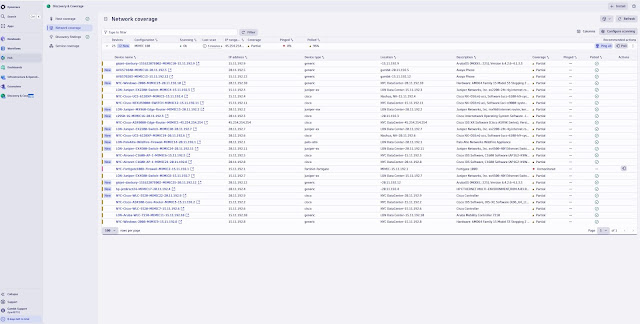IoT arena. In this article we examine one recently published report and discuss
how to make it better.
The main problem with any performance test is that the results apply only to the
specific test scenario. If the test scenario is carefully selected, the results will be
relevant for a wide variety of situations. If the test report is good, then the exact
methodology is documented, so you can evaluate it, and determine whether the
results can be useful for you. For example this report
https://www.researchgate.net/publication/354610718_Stress-Testing_MQTT_Brokers_A_Comparative_Analysis_of_Performance_Measurements
performed one test scenario for an uncommon situation of a small set (3) of high-
frequency publishers, and 15 mosquitto_sub subscribers. Plain text MQTT is only
used in trivial situations, and there is no indication that TLS transport is measured.
Latency measurements suffer from the time synchronization problem on different
systems.
Specifically, it says right at the beginning in the abstract
"The evaluation of the brokers is performed by a realistic test scenario"
but then, in section 4.1.1. Evaluation Conditions:
"
Number of topics: 3
(via 3 publisher threads)
Number of publishers: 3
Number of subscribers: 15 (subscribing to all 3 topics)
Payload: 64 bytes
Topic names used to publish large
number of messages: ‘topic/0’, ‘topic/1’, ‘topic/2’
Topic used to calculate latency: ‘topic/latency
"
so rather than testing a large-scale environment, a small set (3) of high-frequency
recent broker has any problem with less than 1000 publishers.
Second, in section 4. the subscriber back-end is detailed:
"The subscriber machine used the “mosquitto_sub” command line
subscribers, which is an MQTT client for sub- scribing to topics and
printing the received messages. During this empirical evaluation, the
“mosquitto_sub” output was redirected to the null device (/dev/null) "
using a the simple
mosquitto_sub client which is single threaded. In addition,
the subscribers subscribe to all topics, probably the wildcard topic #. So, out of
many code paths in the broker, the least commonly used is tested. If your
application uses a topic hierarchy, with different subscribers subscribing to
different topic trees, then topic matching performance needs to be exercised.
Third, while QOS 0, 1 and 2 seem to be tested, only a single payload size
was used, and there is no indication that TLS transport is measured.
Fourth, they attempt to measure latency correctly, ie. section 4.1.2
"Latency is defined as the time taken by a system to transmit a message
from a publisher to a subscriber"
but their methodology is flawed, since it is almost impossible to synchronize the
are in the 1ms range. So, the measurements rely on unknown synchronization.
For an example of the MIMIC latency testing methodology see
this blog post.









